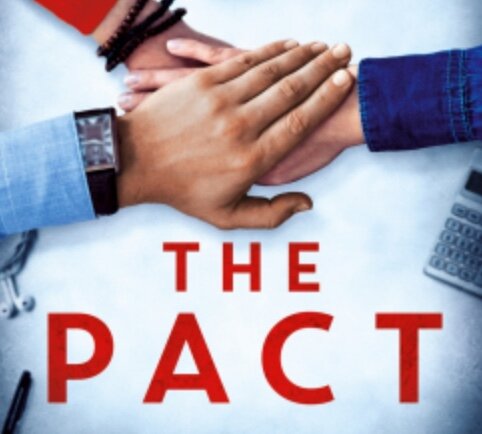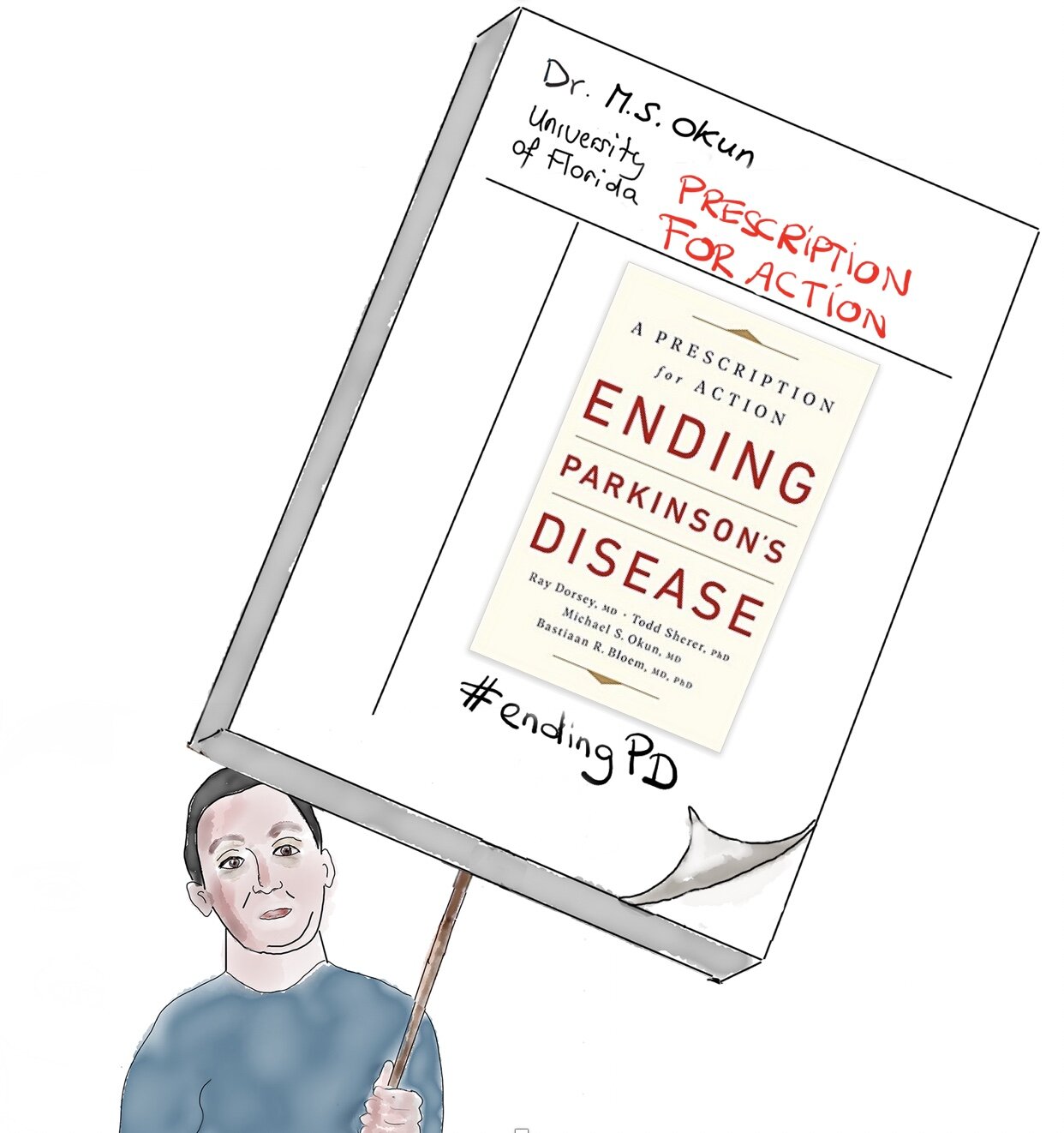The PACT to End Parkinson's disease: Why the time to act is now
What is the PACT to end Parkinson’s disease?
After reviewing HIV, Polio and Breast Cancer we concluded that we all need to take a PACT to End Parkinson’s. We recently reviewed the topic for the Parkinson’s Foundation.
The P stands for Prevent the disease
Air pollution
Heavy metals
Certain pesticides
Industrial chemicals like trichloroethylene
Paraquat more than doubles the risk of developing Parkinson’s disease and kills the weeds that RoundUp cannot. We need to ban paraquat,
The A stands for Advocate for better policies and resources
The National Institute of Health (NIH) funds $3 billion per year for HIV.
The NIH funds 200-300 million a year for Parkinson’s.
We need to advocate for the funding to increase more than 10 times.
This funding is needed to move the needle.
The C stands for Care for all affected
Make sure everyone with Parkinson’s disease has access to a neurologist.
We must educate people that outcomes are better when people have access to neurologists and especially those trained in Parkinson’s disease.
The US has one million people with Parkinson’s disease and only trains 40 specialists a year. None of the training of specialists is covered by the US government.
We must embrace telemedicine and other technologies to improve access to care.
There are many excellent therapies for Parkinson’s disease and we need to educate people that they can live a happy life despite Parkinson’s disease.
The T stands for Treat the disease with novel therapies
We need new drugs and therapies.
We need better measures of the actual disease which can cut the number of people we need for clinical trials from thousands to hundreds (biomarkers).
We need novel approaches like immunotherapies, vaccines, microbiome research, optogenetics, designer drugs and new neuromodulation therarapies.
I want to do more, what can I do?
Visit the Ending Parkinson’s Disease book website or email your suggestions to info@endingPD.org. The book is available at Amazon and Barnes & Noble.
All proceeds from book sales will be donated to efforts to end this debilitating disease.
This past week on March 17th our book, Ending Parkinson’s Disease, was published by Hachette (Public Affairs). I was privileged to co-author the book with the telemedicine expert Ray Dorsey, the Parkinson’s Health Systems expert Bas Bloem and the environmental researcher and CEO of the Michael J Fox Foundation Todd Scherer. Here are some common questions we have been receiving and also what you need to know about joining the PACT to end Parkinson’s Disease.
Why did you title the book Ending Parkinson’s disease?
We wanted to be bold and aggressive. Our goal was, and is, to motivate the Parkinson’s community to action. Now more than ever we need to be loud, charismatic and united. The subtile of the book is a prescription for action- and we offer a path for patients, family members and stakeholders in the Parkinson’s community. The time to act is now!
What can the Parkinson’s community learn from the Polio and HIV experiences?
We studied Polio, HIV and breast cancer in great detail for this project. What we learned was stunning. There is clearly a winning formula to fight diseases and this revelation inspired our prescription to action.
In Polio the entire country banded together and mailed dimes to the White House. Many people may not appreciate that this concentrated and coordinated effort led to the vaccine against polio.
In HIV, activists filled every corner of America from main street to Washington D.C. and they demanded change. They occupied the Washington D.C. mall (giant quilts and demonstrations), took over FDA headquarters and even put a giant condom on the house of a member of the United States Congress. Today, HIV receives 3 billion a year in funding compared to the 300 million a year the NIH designates for Parkinson’s disease.
These are just a few examples of past successes that the Parkinson’s community should learn from and should embrace.
In the book and in previous articles you refer to Parkinson’s disease as a pandemic? Can you explain?
The word pandemic has both Latin and Greek origins. Pan roughly translates to mean all and demos to mean people. The word in its original form is from the 1800’s was not always associated with infectious diseases. One could argue therefore, that other diseases have the “characteristics” of a pandemic. Parkinson’s for example affects people from all countries worldwide and it is rapidly expanding. In fact, Parkinson’s disease is growing at a rate faster than Alzheimer’s disease. From 1990 to 2005 the number of people with Parkinson’s disease has more than doubled. The growth now and in the coming decades will be even more explosive. That is why it is reasonable to equate what is happening in Parkinson’s disease to a worldwide pandemic -which has the potential to bankrupt our healthcare systems. These days most doctors and experts reserve the word pandemic for infectious diseases, however I think we would all agree that the growth in cases of Parkinson’s disease is worrisome, whatever the terminology or word you choose to describe it.
What are the most worrisome things you learned about pesticide use in Parkinson’s disease?
The research for this book uncovered some disturbing facts. Many pesticides and chemicals associated with Parkinson’s disease remain in use. Paraquat is one such chemical and it has been banned by 32 countries and it remains in wide use in the US. Its use has actually been expanding and not contracting as we have loosened EPA regulations.
We learned that dry cleaning compounds and grease removers containing trichloroethylate (TCE) remain in use and have very high rate of associated Parkinson’s disease. TCE is also found in a lot of superfund sites which have yet to be cleaned up by the US government. One site in NY is only a few miles from the home of Ray Dorsey (one of the author’s).
Other compounds such as agent orange or dioxin also remain to be cleaned up. It turns out there is a superfund site very close to my house with a dioxin spill. The reason the name agent orange has been used is that the compund was stored in orange barrels during Vietnam. TCE has been notoriously stored in blue barrels.
To read more books and articles by Michael S. Okun MD check Twitter @MichaelOkun and these websites with blogs and information on his books and http://parkinsonsecrets.com/ #EndingPD #ParkinsonPACT #Parkinsonsecrets and https://www.tourettetreatment.com/


















